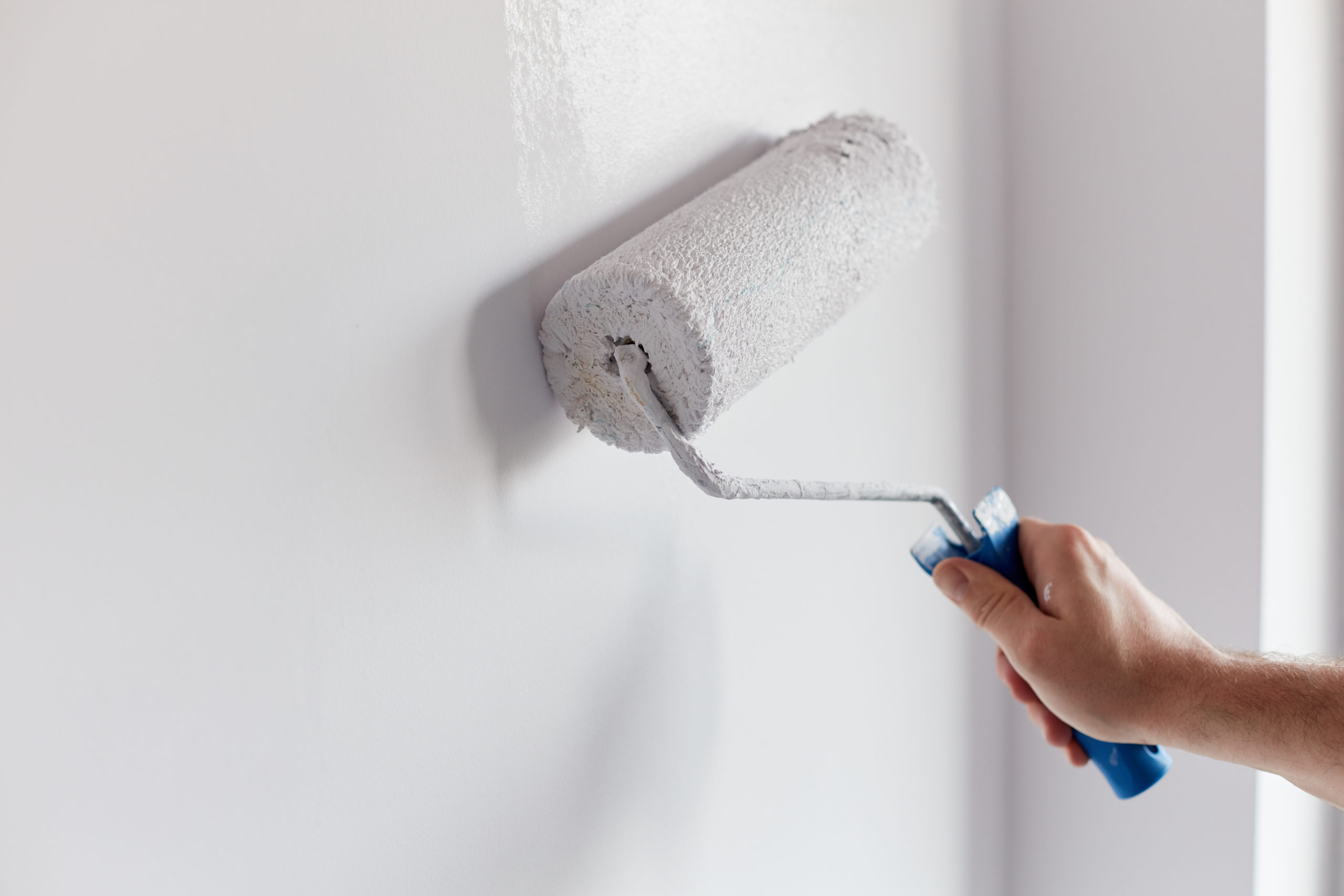Many homeowners are tending to the home improvement projects they have been keeping on the back burner during this time. Giving their walls a fresh coat of paint might be just what some families need after spending more time looking at them lately.
However, painting a wall is not the same thing as taking a crayon to a coloring book. A successful paint job takes a lot of precision and focus. For this reason, many homeowners hire experienced painters to do the job for them.
Whether you plan to go that route or tackle the task yourself, it is important to keep these factors in mind:
Commitment
Not only is painting a semi-permanent change, it involves a lot of time and effort. You will need to plan a whole weekend around your painting project.
The process involves a trip to the store to pick up the proper materials, prepping the area you are painting, physical labor, drying time, and finally – clean up time.
Experience
Inexperience can lead to several mistakes during the painting process. It is key to know the right kind of painter’s tape to use and how to use it. Another mistake a novice to the world of paint can make is picking the wrong paint.
Some of the cheaper paint brands will require you to use several coats, possibly costing you an additional trip to the store to pick up an extra can of paint.
Not to mention the extra time spent on painting numerous coats. Make sure to research a good paint primer if you are going at it alone.
Choosing a color
This part of the painting process can quite possibly take the longest. Hiring a professional to paint a room for you can take a lot of the guesswork out of the equation.
Experienced painters know how different shades of paint will translate on a wall, and how the paint will react with different wall textures and surfaces.
Prep work
Rushing the prepping stage will most certainly come back to bite you. The three buzzwords to remember are as follows: clean, dry, and dull.
Make sure the surface you are painting is clean and free of dust and dirt. A mild dish soap will make sure grease and residue is stripped away, but do not forget to rinse off the soap afterward to ensure the surface is dry.
Lastly, dull the surface by buffing away any shiny or glossy sheen that may have been added on top of the wall.
After taking in all this information, you should now reevaluate your painting plan to make sure it is the right task for you. After all, it is not an easy project to reverse.
Contact us for a free quote on how much your home improvement project will cost! It may not be as much as you think and will be well worth it.


